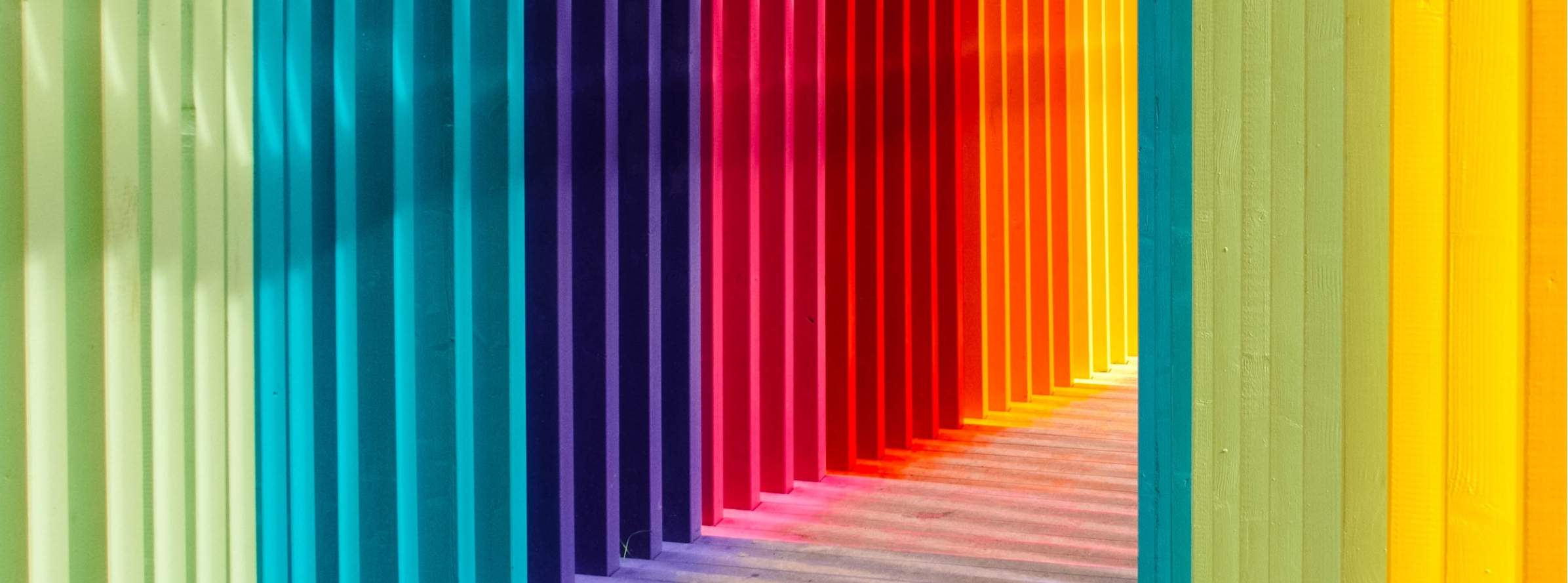Pride month, while a celebration, is also a time to reflect on how far we’ve come and how far we still have to go to achieve true inclusivity. Recognition of the UK’s rich LGBTQ+ history is already happening, most notably with the listing of the Royal Vauxhall Tavern in 2015. However, with the closure of many culturally significant venues in recent years, what about preservation and, perhaps more importantly, the creation of new places?
From a planner’s perspective, there’s only so much that can be done. It can provide a ‘shell’ that allows for initiatives to take place, but the ‘build it and they will come’ adage is not always the right approach. In other words, the design of a building or space does not automatically mean it will be used in the way it was intended. We all want safe spaces, whether that means being able to hold hands with your partner, wear certain clothing or just be yourself, but for many LGBTQ+ people this is more of an innate feeling, rather than a perfunctory rainbow flag.
How then, do you translate a feeling and incorporate it into the built environment?
More successful places have used the approach of designing spaces with the most vulnerable user in mind. For instance, this could be wheelchair users, the elderly, women or children. This is a principle that has been applied in Vienna where ‘gender mainstreaming’ has been pioneered, a practice which focuses on how women experience the city, and how radical and simple measures can actually meet their needs. While we wouldn’t necessarily class all women as vulnerable, design often overlooks the female experience. For instance, a well-placed bench or a pram ramp might make the difference between going out or staying at home.
Ultimately, by considering the experience of the most vulnerable from the outset they will always feel included, while naturally benefitting everyone else in the process. There’s no reason, in theory, why this cannot be implemented across all intersections of diversity and inclusion, essentially a form of ‘diversity mainstreaming’.
When it comes to preservation, the Royal Vauxhall Tavern is just one example, albeit it’s predominantly a gay man’s venue. In April 2021, Westminster City Council adopted its new Local Plan, which recognises the contribution of the West End, particularly the night-time economy. As part of this, the council has a policy that promotes and protects LGBTQ+ venues. In fact, a campaign is underway to open a new venue in east London in memory of The Joiners Arms, an LGBTQ+ scene stalwart, that closed on the Hackney Road in 2015.
How this will play out in reality remains to be seen, but with a lot of these places a safe haven for many, this is as a definitive step in the right direction.
We must also ensure that people recognise themselves in places. London’s blue plaque scheme, which started in 1866, links people from the past with the buildings of the present. In January 2020, an application was made to English Heritage for a blue plaque to commemorate Chelsea’s Gateway club, the longest-running lesbian club of all time; the outcome is still pending.
Overall, while creating inclusive places is more of an art than a science we are seeing more thought going into planning policy and are having a lot more conversations during the design process. The preservation of culturally significant places, along with the creation of new ones, should help to capture this innate feeling.
Further information
Contact Mia Scaggiante










.jpg)